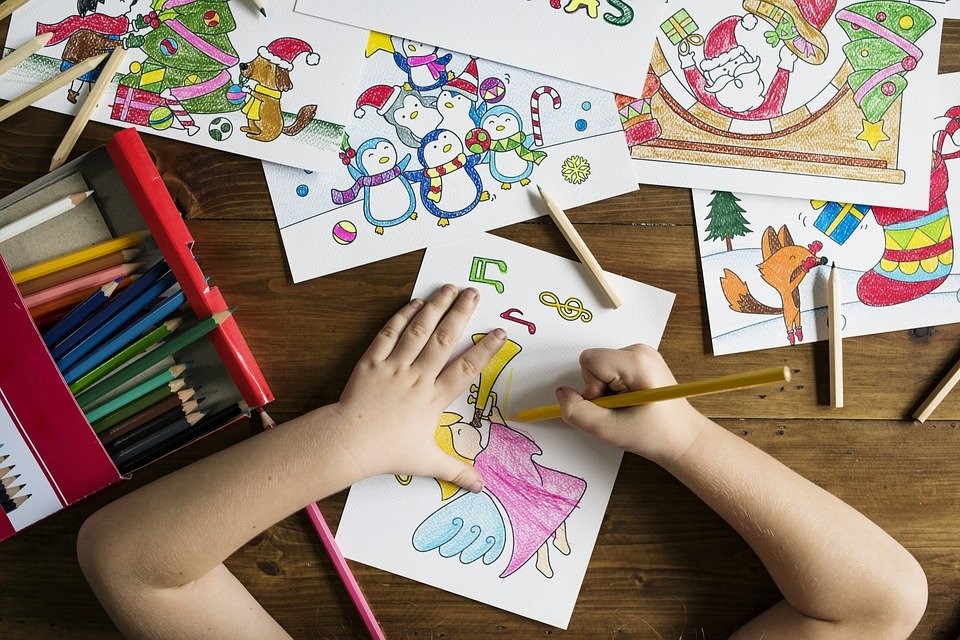The world keeps getting more advanced every day, and unless one adapts and advances with it, one might risk getting left by the wayside.
In an age where technology and the internet have taken over most of the problem-solving abilities, people must be brought up to depend more on new and unexplored ways of thinking rather than the traditional factual methods.
As an early childhood instructor, it is your responsibility to cultivate and foster all strands of creativity in children, no matter how minute. It is essential to help young people develop their creative thinking at an age where their brains are receptive to new ideas.
Listed below are five ways by which you can nurture creative thinking in your young charges;
Understand the meaning of creativity
It is often misconstrued that creativity only means thinking up or creating something that blows everything else out of the water. Creativity is also not limited to artists and writers alone, and it is not directly synonymous with a person’s level of intelligence.
Creativity means solving an old problem in a new way — the ability to take risks and tow a path that has not been charted. By understanding the basic definition of creativity, you would be able to quickly identify and build up the less than apparent creative thinking skills that your pupils might possess.
Create a stimulating environment
A child’s brain can be easily stimulated by things they see and touch. A teacher can transform their classroom into a hub for creative thinking in various ways.
You can incorporate a foreign object into instruments of play, ask them to devise new ways of tackling problems or give them the free rein to ask any question that pops into their mind.
Children are at a stage where they are curious and are compelled to do things. By turning their attention to a worthy cause, they can then channel all their developing brainpower to coming up with strategies and solutions that can enhance their creative thinking.
Build your creativity
Teachers are usually restricted by the old and rigid form of education that most of them were brought upon. It might be a bit difficult to channel creative thinking when one does not have the capacity or lacks the inspiration to draw from.
If you want to help young children develop their creativity, it is advisable to nurture your creative skills. This can be achieved by attending innovative learning programs and joining groups made up of people that regularly find ways of building their artistic ability.
Give constructive feedback
After your students have created something or solved a problem using their innovative thinking, it is now up to you to let them know how they can further improve themselves.
Most times, your students might be unaware of the amount of creativity that they apply daily. It is up to you to help them identify and build upon it until they achieve something innovative.
However, while it is your place to offer constructive criticism, it is imperative to foster independence and self-judgment. Your students should be able to decide the worth of their creations by themselves and believe in their abilities.
Explain the restrictions surrounding creativity
While people are being encouraged to bring their new ideas to life, there are certain situations where one has to follow the laid down rules. For instance, in some professional settings or a government-related event, it might be more beneficial to use tested and proven methods.
Let your charges know when their creative thinking will be best appreciated so that they do not make blunders in the future that might end up affecting them.

